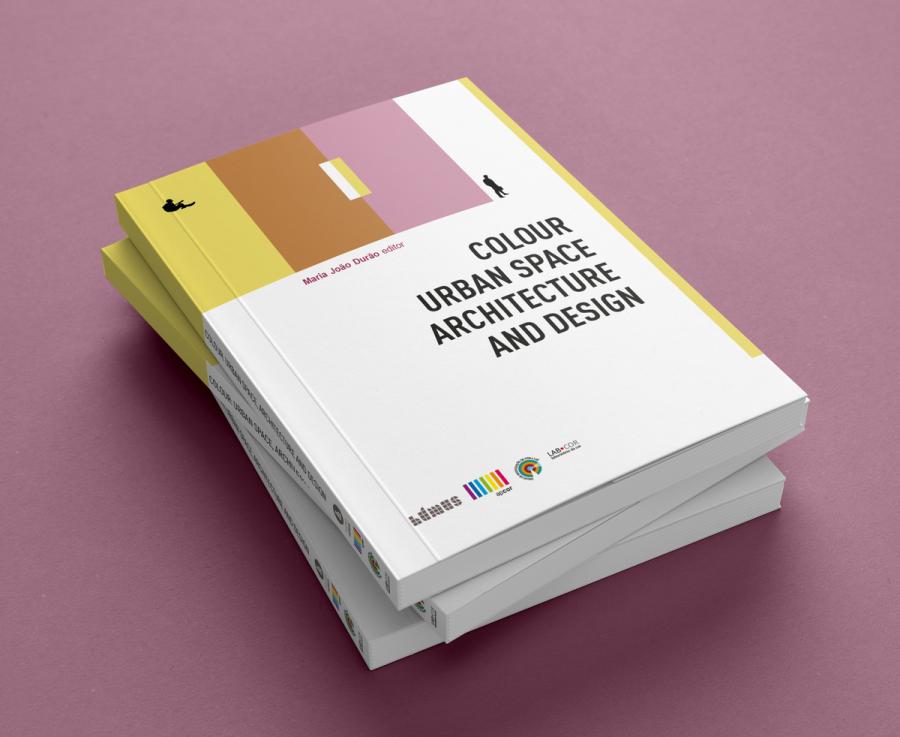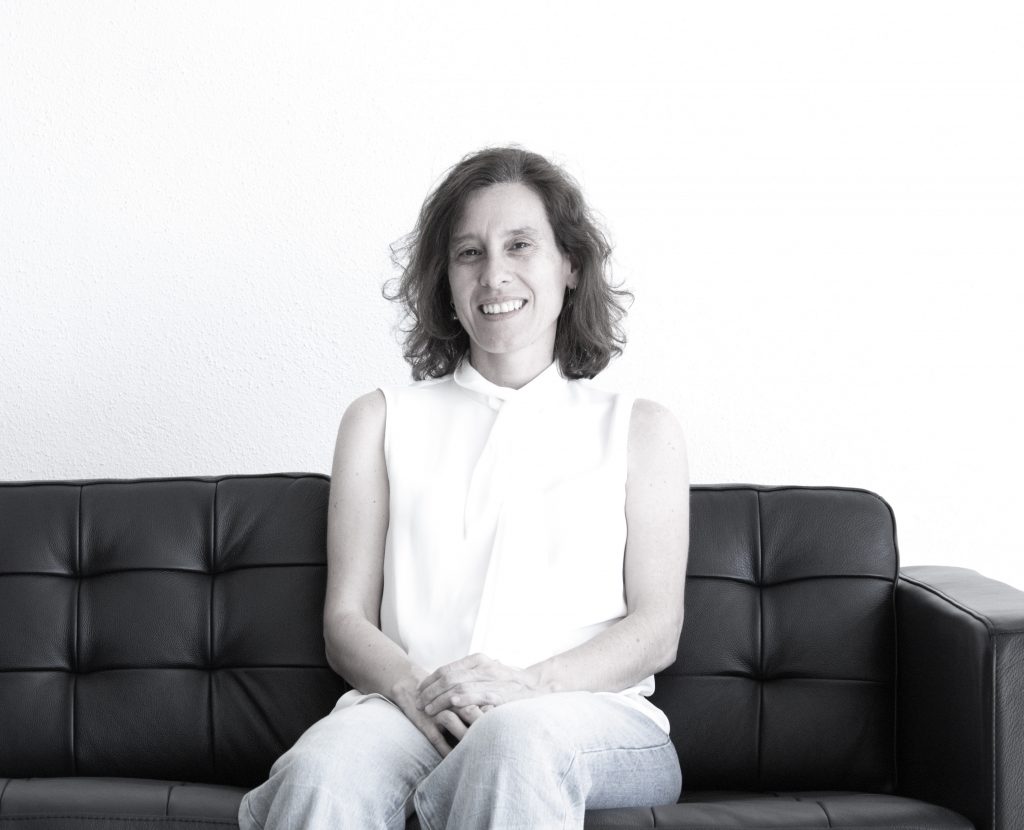“Colour, transforming itself uninterrupted by the variation of light, awakens the senses that allow human beings to perceive a reality in space and time with different values and meanings.” (Santos & Simões, 2021: 87)
Zélia Simões, architect from DSA Europe office participated as an author and member of the editorial and scientific committee of the publication "Colour: Urban Space, Architecture, and Design". This is a bilingual publication on colour - in two separate volumes - with an international scientific committee of researchers, which aims to disseminate the research undertaken in the multidisciplinary area of colour. The publication celebrates the existing collaboration between APCOR - Portuguese Colour Association and the Lisbon School of Architecture – Universidade de Lisboa's colour research structures: Colour Lab and Colour and Light Research Group.
The book launch was held in 16th February at the Lisbon School of Architecture.

The article “Bairro Alto: Chromatic Proposal”, by Filipa Santos and Zélia Simões presents a reflection on the chromatic materialities and immaterialities of public and private initiative, in one historical neighbourhood of the city of Lisbon. Colour has a complex, heterogeneous presence and it is constituted as an element whose characteristics, throughout centuries, admit different forms of structuring, appropriation, and production of architectonic and urban space.

What inspired you to write the research article?
The idea for the article ‘Bairro Alto: Chromatic Proposal’ started within a curricular unit of the Masters in Colour in Architecture (2003/2004).
My colleague and I choose a historic neighbourhood in Lisbon, recognised as an alternative, bohemian meeting place of different social classes. These characteristics, over the centuries, enabled the construction of an identity that made it an important anthropological, environmental and historic reflection of the city.
The architecture, besides being a support for colour, form, texture, pattern, light, etc., constitutes a fundamental frame of reference for the inhabitant’s social, psychological and physiological balance. Today, it is paradoxical to realise that these aspects are often disregarded in the city and in architectural rehabilitation.
We intend to show and preserve the local identity and demonstrate the importance of contextual analysis, the connections between interdisplinary areas of knowledge, and the choice and application of a colour and lighting plan.
What is your design philosophy?
Putting into context theoretical, historical, aesthetic, social, and functional points of view, while preserving regional, geographic, identifying aspects, and developing the project, following methodological fundamentals established by Jean-Philippe Lenclos, Dominique Lenclos, Antal Nemcsics, among others.
What role do colours, shapes and patterns play when designing a building?
Colours, shapes, patterns, textures, among other elements, affect our spatial and temporal experience of space. They communicate an impression to the user; this sensory perception triggers an emotional reaction that can affect us in a positive or negative way.
Therefore, they can be used to enhance spatial characteristics, such as: morphological, historical and cultural appropriateness, aesthetic statement, references and spatial orientation, identity, communication, ergonomics, comfort, etc.
What do you like most about architecture (or about being an architect)?
I love to address the specifics of each clients needs and reach for solutions that merge functionality and aesthetics, both in urban or architectural spaces, reinforcing an important motto “simple but different”. It’s interesting to think how any project can have an infinite number of alternatives but we need to find the one that addresses all the clients requirements, the geographical setting - landscape and climate, functionality, and above all, still responds to phenomenological and multisensorial characteristics that contribute to the humanization of spaces.
What is the most challenging part of being an architect?
At the moment, I consider that one of the greatest challenges of being an architect is associated with the intense and accelerating transformation of the profession (procedures, tools, values, etc.) and the emerging need to compress deadlines that interferes with the way we think, create and execute a project.
Visit the link for more information about the content and other authors:
https://www.aic-color.org/resources/Documents/jaic_v28_07.pdf

